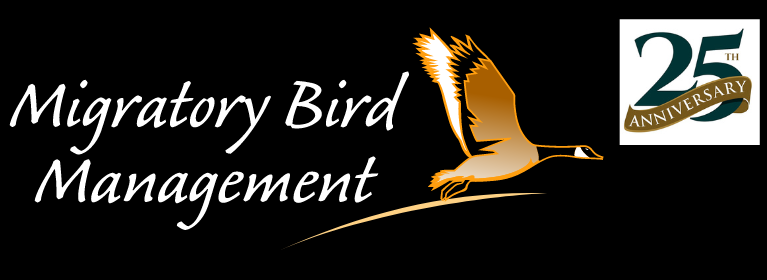Managing Pest Birds as a Community
Aug 10, 2020Managing nuisance birds is a difficult undertaking. The power of flight leaves birds far more mobile than many other types of nuisance wildlife and undeterred by property boundaries.
Bird conflicts are further complicated by federal laws protecting all native birds (including geese and gulls) and a wide array of other state and federal restrictions for dealng with them, including permitting and licensing requirements.

Our biologists and bird control experts are here to help, from offering free educational seminars to encourage helpful community behavior to utilizing our trained canine team for dog service.
Mobility of Birds is the Biggest Bird Control Issue
The mobility of nuisance birds is the biggest challenge – in a quite literal sense. Birds can cover a wide area looking for food, water, nesting territory, and safe sleeping areas. Nearby handfeeding and unmanaged nesting can create a large and stubborn population of birds in your area.
If you have nuisance bird activity on your property, you are almost certainly a good source for at least one of the four attractants listed above. And even with the best management, your efforts are unlikely to yield results if a neighbor is providing one or more of those attractants.
Bird Strikes
Airports can be particularly inviting, with their wide-open, fenced spaces and relatively few predators. Many birds, especially geese and gulls, are drawn to airports, creating risks for both people and birds. The airport that our dogs help manage is surrounded by water where geese nests are left unmanaged by the property owners/managers.

Waterfowl are regularly fed at nearby parks and apartments, and discarded food is readily available to gulls and pigeons from nearby restaurants and waste management stations.
Even with a dedicated on-site team regularly working to humanely move the birds out of the airspace, in addition to the work of our canine teams and other tools, bird strikes still occur multiple times a year.

A Group Effort
This is why bird management has to be a community effort to be effective. Neighbors can help by participating in bird population management and not feeding nuisance birds.
Large populations of nuisance birds are not a part of a balanced environment and can lead to dangerous or unsightly algae blooms, the spread of disease such as avian botulism or avian flu, health hazards from aggressive birds and messy droppings, beach closings due to bacterial loads, and increased risk for bird strikes at airports. For the health and safety of the community, the birds, and the urban ecosystem, we all have to work together to achieve the right balance.

Excessive waterfowl droppings can contribute to harmful blue-green algae blooms.
How Migratory Bird Management Can Help
Wild Goose Chase & Migratory Bird Management offer educational seminars on nuisance bird management, including information on why you shouldn’t feed wildlife, recreational water quality, and best practices for creating a balanced environment.
We would be happy to speak at your community event or public meeting on the importance of a coordinated approach to nuisance bird management plans. Contact us for more information.




 0
0
